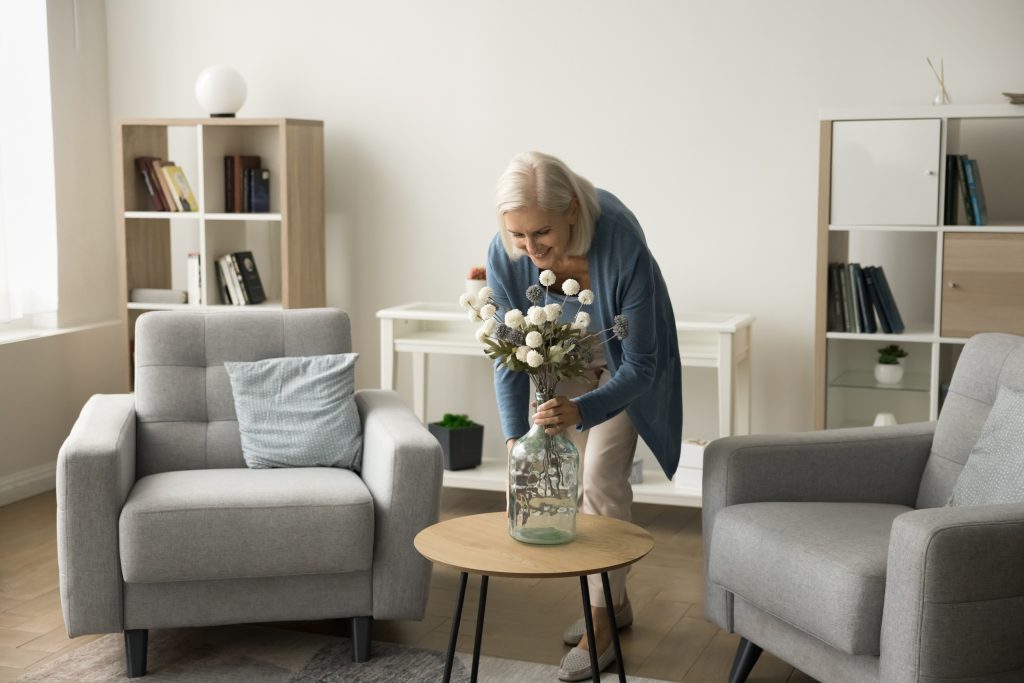
Preparing, Personalizing, and Helping Seniors Adjust to a New Home
Transitioning into an assisted living community is a significant life change for seniors and their families. While it’s an opportunity for a safer, more supportive living environment, it can also feel overwhelming and emotional. Preparing for the move, creating a welcoming space, and helping seniors settle in can make the transition smoother and more positive.
This guide covers everything you need to know about preparing for life in an assisted living or retirement community, decorating the new space, and supporting seniors emotionally during this adjustment.
Preparing for Life in an Assisted Living or Retirement Community
Preparation is key to making the move to an assisted living community as stress-free as possible. By organizing in advance and involving seniors in the process, you can create a smoother transition.
Steps to Prepare for the Move:
Tour the Community in Advance:
- Visit the facility with your loved one to familiarize them with the layout, staff, and amenities.
- Attend community events or social activities to introduce them to potential neighbors.
- Review policies, such as visitor hours, pet allowances, or transportation options, to answer any questions they might have.
Create a Packing Checklist:
- Prioritize essential items like comfortable clothing, toiletries, medications, and sentimental keepsakes.
- Include personal items that make the new space feel like home (e.g., favorite photos, a quilt, or books).
- Avoid overpacking—assisted living apartments are typically smaller, so focus on functionality and comfort.
Communicate the Benefits of Assisted Living:
- Reassure your loved one about the advantages of their new home, such as enhanced safety, on-site medical care, and opportunities for social interaction.
- Frame the transition as a positive step toward a more supportive and engaging lifestyle.
Pro Tip: The National Center for Assisted Living (NCAL) provides detailed resources on selecting the right community and preparing for the move.
Decorating and Personalizing the New Space
Creating a comfortable and familiar environment is essential for helping seniors feel at home in their new space. Thoughtful decorating and personalization can turn a new apartment into a warm and welcoming retreat.
Tips for Decorating the New Space:
Bring Sentimental Items:
- Include personal mementos like family photos, framed artwork, or cherished heirlooms.
- Items tied to fond memories can provide emotional comfort and help seniors feel connected to their past.
Focus on Comfort and Accessibility:
- Choose comfortable, senior-friendly furniture with easy-to-clean fabrics.
- Arrange furniture to create clear walkways and avoid tripping hazards.
- Add soft lighting to create a warm and cozy atmosphere.
Incorporate Familiar Decor:
- Use items from their previous home, such as favorite bedding, a familiar armchair, or decorative knick-knacks.
- Replicating the look and feel of their old home can ease the adjustment.
Make It Functional:
- Use organizers, storage solutions, and labels to ensure everything is easy to find and within reach.
- Install safety features like grab bars or non-slip rugs, if allowed by the facility.
Pro Tip: Many assisted living communities allow limited customization, such as painting the walls or hanging art. Check with the facility’s staff to understand their guidelines.
Helping Seniors Feel Comfortable in Their New Environment
Even with proper preparation and a thoughtfully decorated space, it can take time for seniors to feel fully at home in an assisted living community. Providing emotional support and encouraging social engagement are critical during this period.
Strategies to Help Seniors Adjust:
Encourage Socialization:
- Introduce your loved one to neighbors or suggest attending group activities like game nights, fitness classes, or communal meals.
- Many seniors feel more comfortable once they form friendships within the community.
Visit Often:
- Regular visits from family and friends provide reassurance and emotional support during the adjustment phase.
- Bring along familiar faces, like grandchildren or close friends, to help seniors feel connected to their family network.
Set a Routine:
- Establish a daily routine that includes meals, activities, and downtime. Consistency can help seniors feel more settled and secure in their new home.
Be Patient and Empathetic:
- Understand that adjusting to a new environment takes time. Listen to their concerns and validate their feelings without rushing the process.
- Celebrate small milestones, like attending their first community event or unpacking all their belongings.
Leverage Community Resources:
- Many facilities have welcome programs or dedicated staff to help new residents adjust. Encourage your loved one to take advantage of these resources.
Pro Tip: If your loved one is feeling overwhelmed or isolated, suggest speaking with the community’s social worker or counselor for additional support.
Resources to Support the Move-In Process
- AARP Moving Guide for Seniors: Offers practical tips for downsizing and transitioning into a new home.
- National Center for Assisted Living (NCAL): Provides resources and checklists for selecting and moving into an assisted living facility.
- Community Support Groups: Local senior centers or online forums can connect you with others who have gone through similar transitions.
Final Thoughts
The move into an assisted living community is a major life transition, but with thoughtful preparation and support, it can become a positive and empowering experience. By preparing for the move, personalizing the new space, and offering emotional encouragement, families can help seniors embrace their new home with confidence.
Remember, it’s not just about moving belongings—it’s about creating a safe, comfortable, and welcoming environment that allows seniors to thrive. With patience, empathy, and the right resources, this transition can mark the beginning of a vibrant new chapter.
Key Takeaways:
- Prepare for the move by touring the community, packing thoughtfully, and emphasizing the benefits of assisted living.
- Decorate the new space with sentimental items, comfortable furniture, and familiar decor to create a welcoming environment.
- Encourage socialization, maintain regular visits, and establish routines to help seniors adjust emotionally to their new home.
